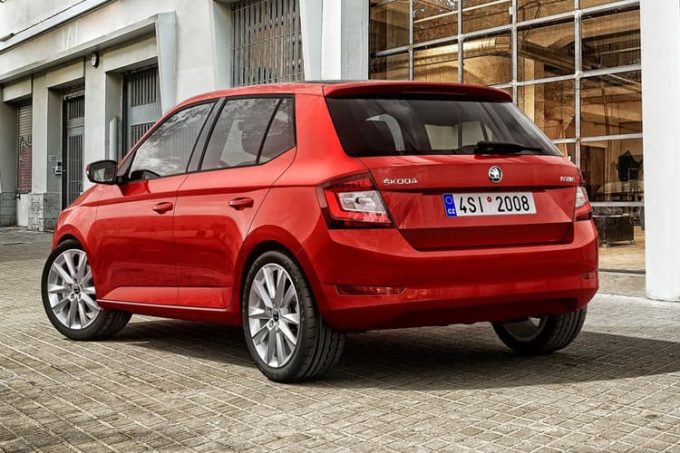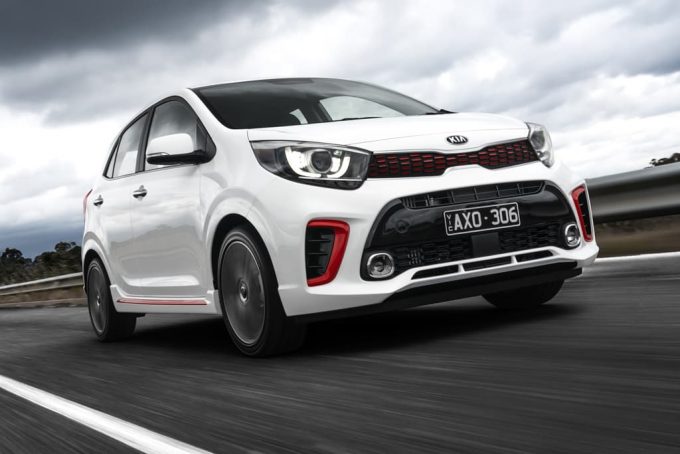When it comes to buying a new vehicle, the most economical car, best mileage new car or most fuel efficient car are popular queries for those who do research before signing the dotted line. In addition to servicing costs, refueling is one of the most common ongoing costs, so it is important to know how much you’ll be spending in addition to the purchase price of the vehicle.
This year we’ve excluded plug-in hybrid vehicles (PHEV), as it has recently come to light that many of those are used solely in fossil-fuel burning mode in the real world. That is not to say they aren’t a good investment or useful cars, however, and many of them are the most economical cars of 2019. You can have a look at our previous list here as well. Stay tuned for Top 10 Most Economical SUVs for sale in Australia in 2019 coming soon as well. Please note that official factory-quoted figures may vary in real-world conditions.
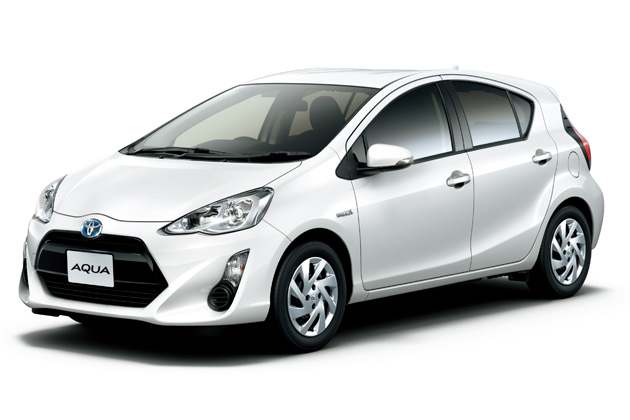
Toyota Prius C (3.9L/100km)
Although it is one of the oldest designs on this list, the Prius C manages a still-impressive 3.9L/100km average fuel economy, thanks to its Atkinson-cycle 1.5-litre engine and hybrid electric drive train. Despite being around since 2011, the Prius C has no direct rivals in the form of B-segment hybrid vehicles. It is unknown if Toyota will replace this vehicle with a direct successor, or a hybrid version of the next Yaris.
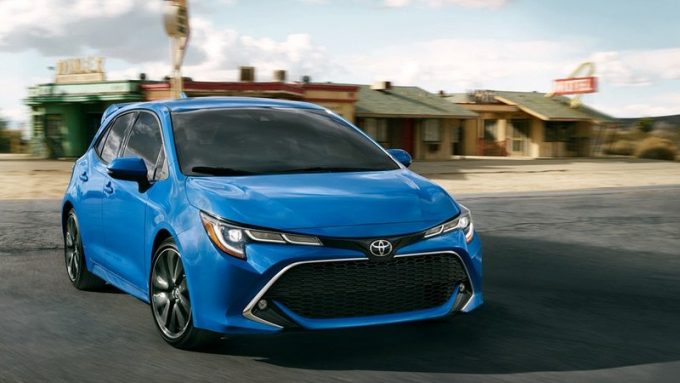
Toyota Corolla Ascent Sport Hybrid (4.2L/100km)
Sitting atop Toyota’s sharp new TNGA (Toyota New Global Architecture) platform, the Corolla finally caters to driving enthusiasts in a way that none of its predcessors ever could ( excepting the AE86 and Sportivo). For 2019, Toyota offers the hybrid across a wider range of variants, from the Ascent Sport up to the sporty Corolla Hybrid ZR. It’s the brand’s most competitive offering yet and is gunning for the title of best selling car in Australia in 2019. You can read Alexi’s review of the 2019 Toyota Corlla SX Hybrid here!

Toyota Camry Hybrid (4.5L/100km)
Despite being a spacious and large car at 4885mm long, 1840mm wide and 1445mm tall, the new Camry Hybrid sips a barely believable 4.5L/100km on the combined cycle, thanks to an updated 2.5-litre four-cylinder engine and hybrid propulsion system. It’s more refined than ever, with none of the ‘taxi groan’ of its forbear and a quiet powertrain befitting a Lexus. Best of all, space utilisation is improved massively, with the battery pack no longer obstructing the luggage space as much as before.
Volkswagen’s quirky and innovative Czech arm continues to impress with its small car offering, the Fabia. This car was recently treated to an update, where it received a charming 999cc turbocharged three-cylinder engine, with either 70 or 81kW. It can be had with either a 5-speed manual or 7-speed DSG gearbox, with plenty of clever storage solutions throughout.
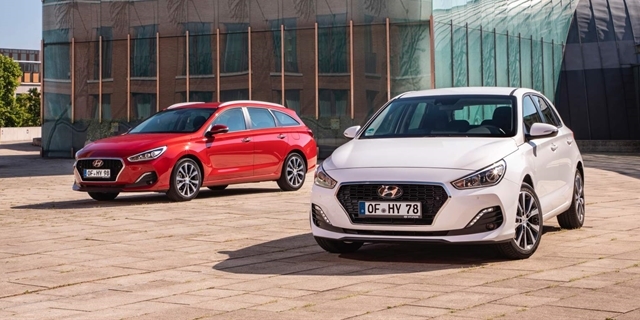
Hyundai i30 Active turbo-diesel (4.5L/100km)
Hyundai’s European-developed (with local input on the chassis) i30 continues to impress many car journalists and new car buyers alike, with infotainment, interior and driving dynamics still at the pointy end of the class. The 100kW, 280Nm turbo-diesel model is one of the most affordable cars of its type giving buyers a low entry point to frugal and smooth motoring. The i30’s diesel engine is one of the most refined in its class.
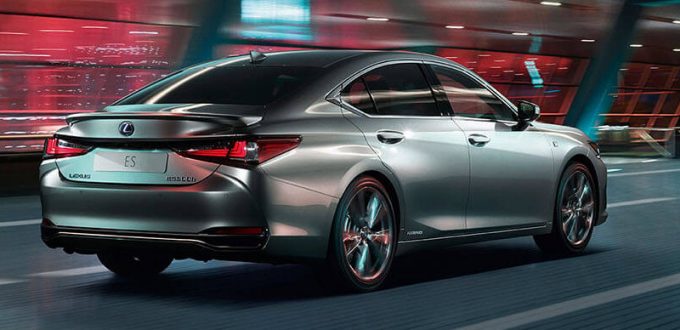
Lexus ES 300h (4.6L/100km)
Though it may be derived from the same TNGA-K platform as the Camry, the ES now assumes the dual role of Lexus’ luxo-barge and sports sedan. Lexus’ spindle grille and design language in its latest expression features heavily here, with a bold luxurious and feature-packed sedan.

Renault Clio (4.8L/100km)
Although its replacement is just around the corner, this French hatchback manages astonishing fuel economy numbers. Thanks to its diminutive 898cc turbocharged three-cylinder engine, the Clio doesn’t require diesel or hybrid power to slip below the 5L/100km mark. Keep an eye out for its sucessor, which will feature a class-leading tablet infotainment system of 9.3-inches. Note that the upcoming 2019 model is pictured.
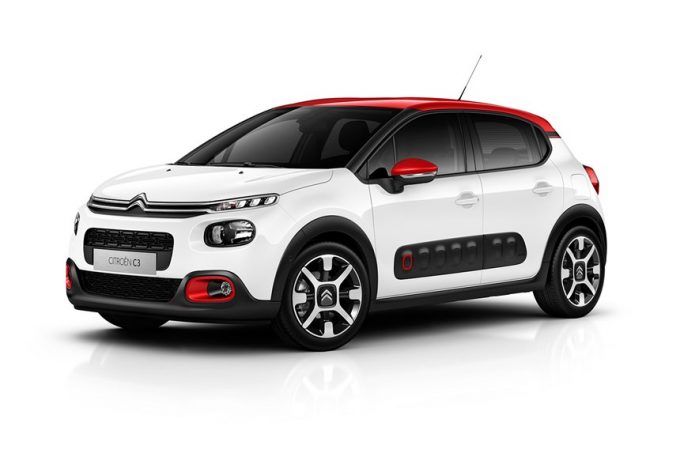
Citroen C3 Shine (4.9L/100km)
Shine on, you crazy diamond and the C3 manages to do just that with a joie de vivre and truly bold, C4 Cactus-inspired styling. The C3 comes with extraordinary features such as an integrated dash cam, which has you wondering why all car makers don’t offer such a feature. To get this equipment factory fitted to another vehicle, you’d have to spend over $100,000 more on a Tesla Model S.
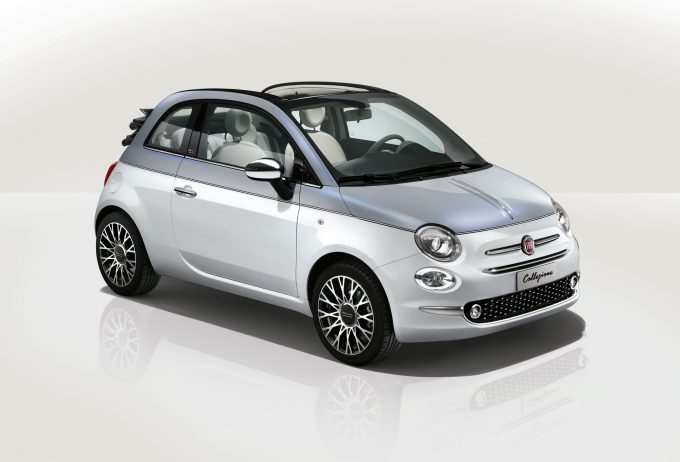
Fiat 500 (4.9L/100km)
This tiny little Italian number is one of the most affordable retro-styled vehicles and one of the few remaining three-door hatches on the market. At 3571mm long, it is also one of the smallest vehicles on the market as well. Although it is no longer offered with the turbocharged two-cylinder engine, its 1.2-litre engine only takes tiny, macchiato-sized sips to get around town.
The base Picanto S and its GT-Line sibling sips 5.0L/100km, so it is surprisngly that the newly-releasd, and higher-performance Picanto GT betters that figure by 0.2L/100km, despite offering 12kW and 50Nm more. This may be attributed to the flat torque curve of the GT’s 1.0-litre triple, with the peak figure coming on stream from 1500rpm. We can’t wait to sample the Picanto GT soon, stay tuned for our review!

